Dressage is Simple : Collection in Six Steps
Even if you strictly ride western and loath the sight of any english discipline you can benefit from incorporating the fundamentals of Dressage into your riding and training habits.
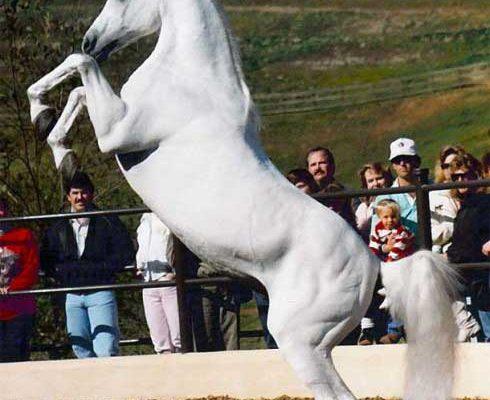
Even if you strictly ride western and loath the sight of any english discipline you can benefit from incorporating the fundamentals of Dressage into your riding and training habits.
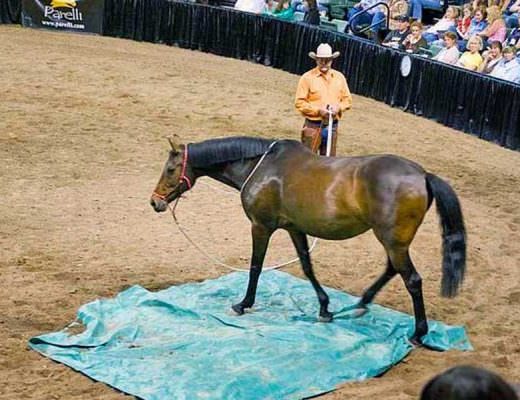
Pat Parelli recently ruffled feathers when he presented a demonstration at the Royal Festival of the Horse in England while working with the eventer Robert Whittaker’s horse Catwalk. Apparently it was offensive enough to cause people to walk out in disgust, as well as confront Parelli directly and post video on Youtube. That isn’t the whole of the problems Parelli may be facing however.
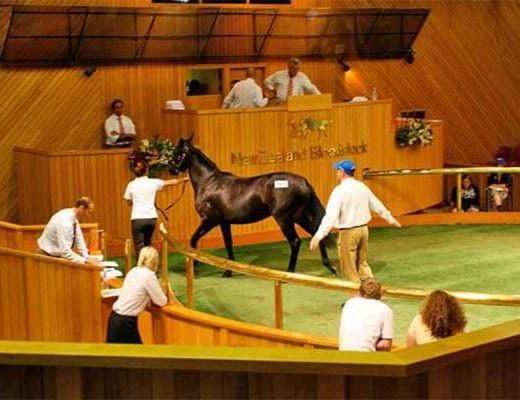
Have you ever been pitched by a sales person who lacked all elements of confidence and charm? Who seemed nervous and uncertain about just what it was they were selling and the reasons you ought to be buying it? I know I have plenty of times. And then there are the salesmen who are so confident and smooth that you almost want to beg them to sell you whatever it is they are peddling.
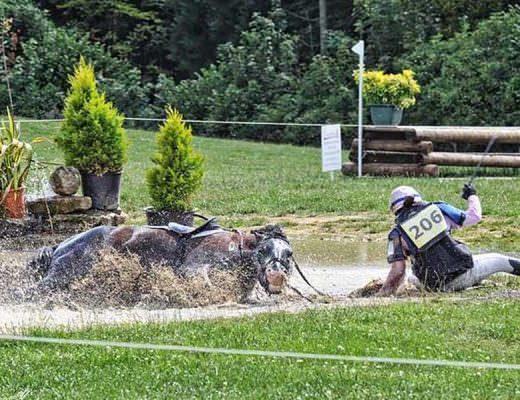
Sticking to something until you see it to the very end just might earn you a reputation of being reliable and a success, or it may hold you back for years and years and years chasing something that is not worth the effort. But how do you decide which is which?
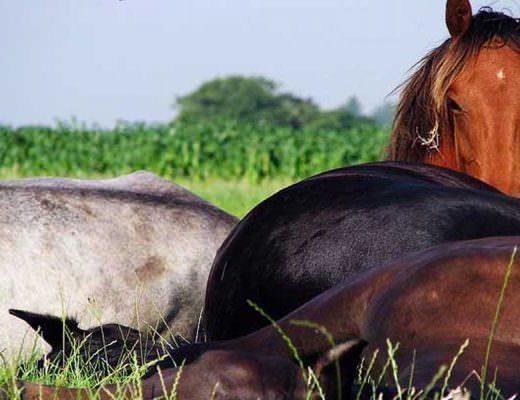
There are promotional videos explaining the benefits and application of EndoTapping, but I thought perhaps I would give some input from the position of a Massage Therapist on how EndoTapping affects the horse and why it is effective.
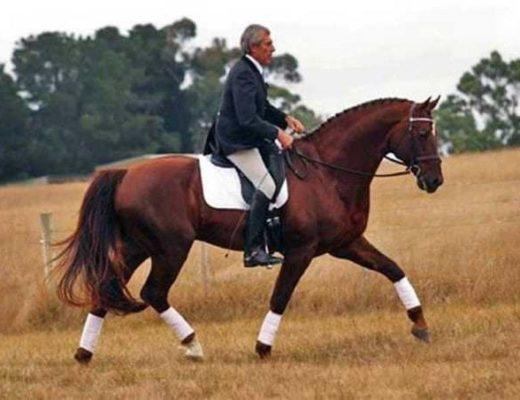
Despite my initial “wow, I like this guy” reaction to seeing photos of him riding, reading about clinic experiences and even tracking down videos of him riding and working horses at clinics, I haven’t been able to dig up enough dirt to discredit my positive thoughts about this man. Unusual, I know.
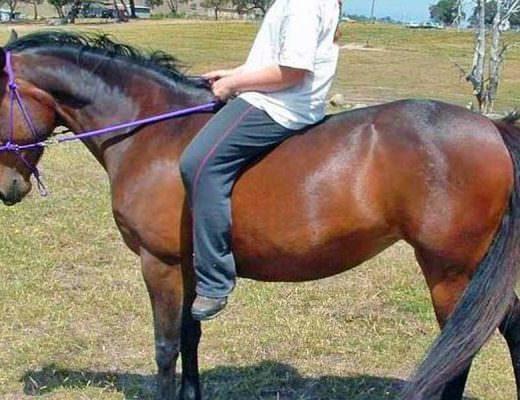
One of the most difficult things for a rider to learn is how to use their hands properly. Wait, no. Let me restate that. THE most difficult thing for a rider to learn is how to use their hands properly. Why you may ask.. because the hands are connected to the wrist bone, the wrist bone is connected to the arm bone… and so on right down to your ten little piggies and the hair on your chinny chin chin.
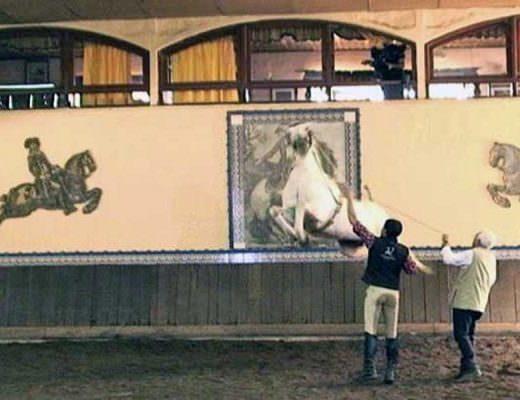
What I found fascinating in particular was the history lesson on the Lusitano breed, how it came to be developed in the manner it has (with bulls, etc) as well as how he contrasts their speed/flexibility to other breeds and what that means in their training and handling.
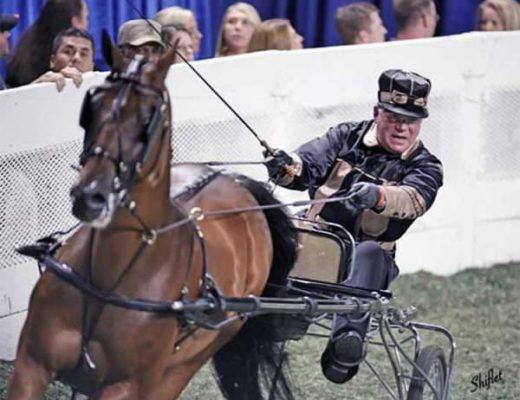
I’m not sure if it is common knowledge that actor William Shatner, known best for his role in Star Trek and as the Priceline.com Price Defender, is also an avid horseman. I happened upon this interesting article just today that goes into detail about how Shatner came to acting at an early age, grew, stalled, resurged and so on.
Click to read “The Many Iterations of William Shatner” on the NY Times website.
And just for fun, one of my favorite roles Shatner was cast in…
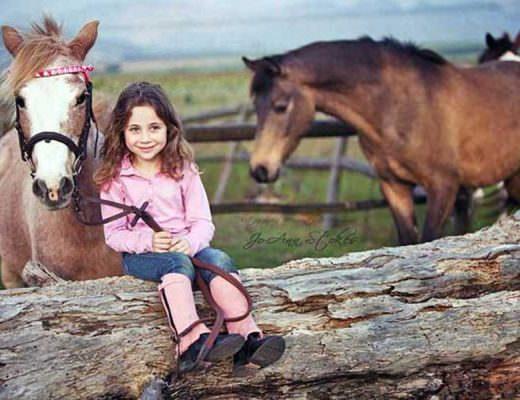
I have learned that no matter what, horses will always be the greatest love in my life, the greatest passion and the driving force behind my happiness.
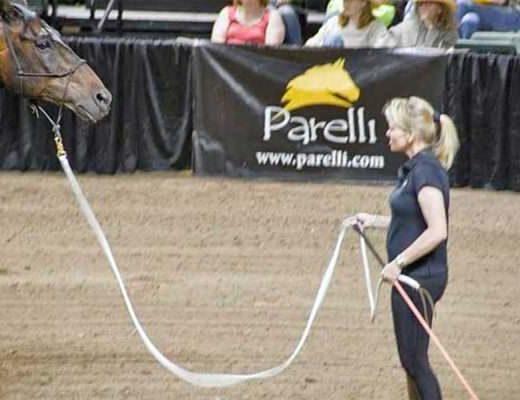
I hadn’t thought about the Parelli’s beyond a passing thought for some time, and it was only after being sent this video that my mind began perusing through those old feelings and finally able to put them into words.
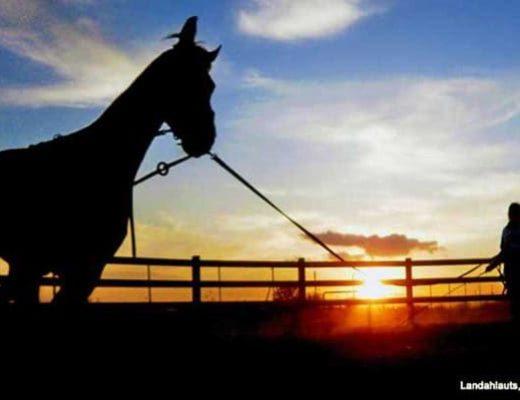
Ever watch people lunge horses with a purpose, others with a crazed look in their eye (the person, although the horse too…)?
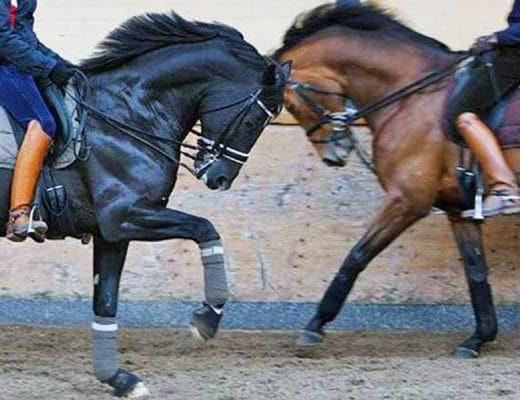
You can find it in jumpers, hunters, western riders, english riders, saddleseat, hunt, etc. While it is more prevalent in some disciplines over others the truth of the matter is that the majority of equestrians believe that control of the horse is gained largely by manipulating the neck. Yes, control can be had in this way but it is also mistakenly referred to as building a relationship, communication, a partnership, etc. Plain and simple it is a physical way to control the horse and avoiding communication and removing choice from the horse’s options.
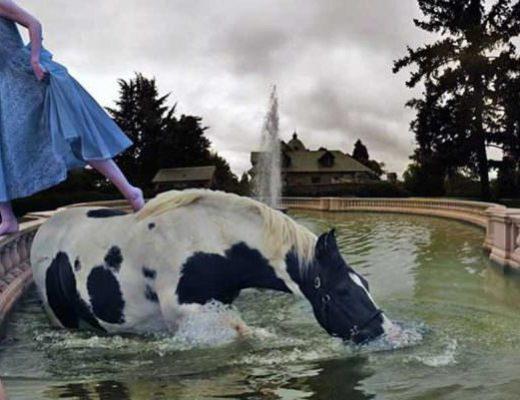
In looking around, there seems a great wealth of images and video, articles and books, media and marketing; all of which demonstrating the use of the horse for human gain and purposes. The focus, the mindset, the intent is control and consumption of the horse – we ride, we travel, we tour, we compete, we battle, we seek to impress.
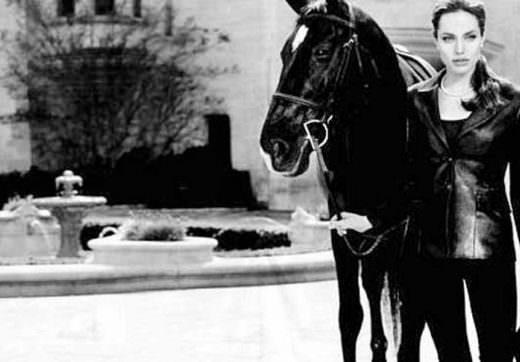
Did I miss out on the learning curve of how to drop names? I did lead a rather ‘disconnected’ adolescents in which much of the traditional social webbing that many equestrians develop was lost on me.
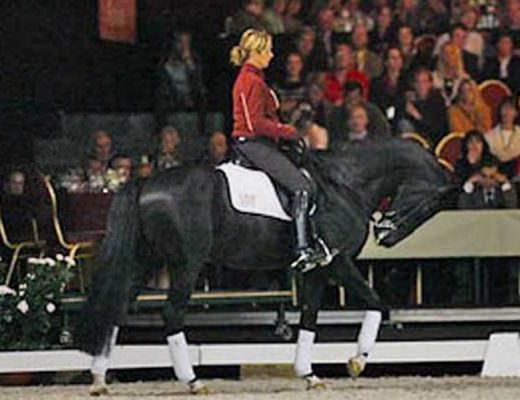
It’s easy to talk about Rollkur from a distant point of view – perhaps not with a clear-cut opinion, but certainly a disjointed and ‘objective’ one. What isn’t easy is to address Rollkur when you’ve seen the effect it has; not on the horses who are succeeding and making money for their international-celebrity riders but, rather, on the horses who didn’t make the cut.